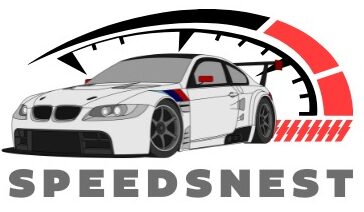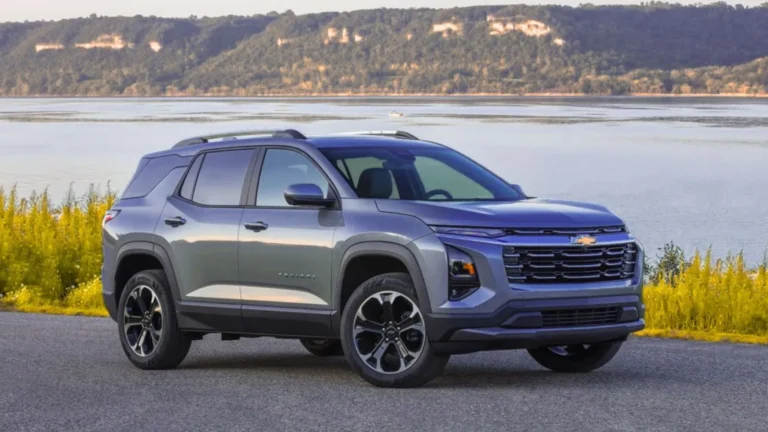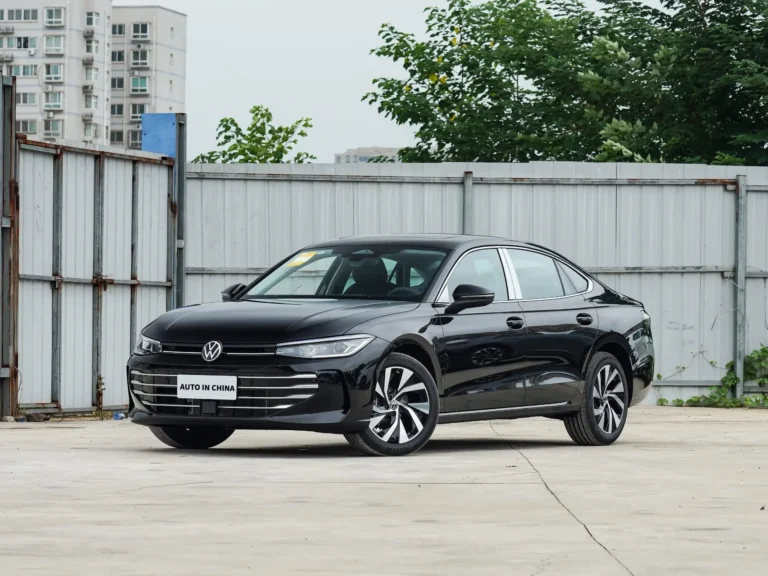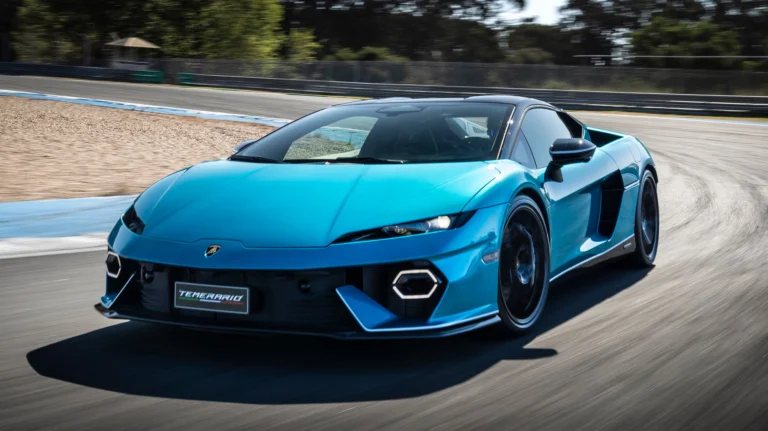Lamborghini Huracan STO: The Street-Legal Race Car
The Lamborghini Huracan STO is a special car. It brings race track technology to regular roads. STO means “Super Trofeo Omologata.” This name shows its racing roots. Lamborghini built this car using knowledge from their race cars. The Super Trofeo race series taught them many lessons. The GT3 racing program added more expertise. All this racing experience went into making the STO. It weighs less than other Huracan models. The design focuses on speed and handling. Every part serves a purpose. This is not a comfortable family car. It is built for people who love driving fast.
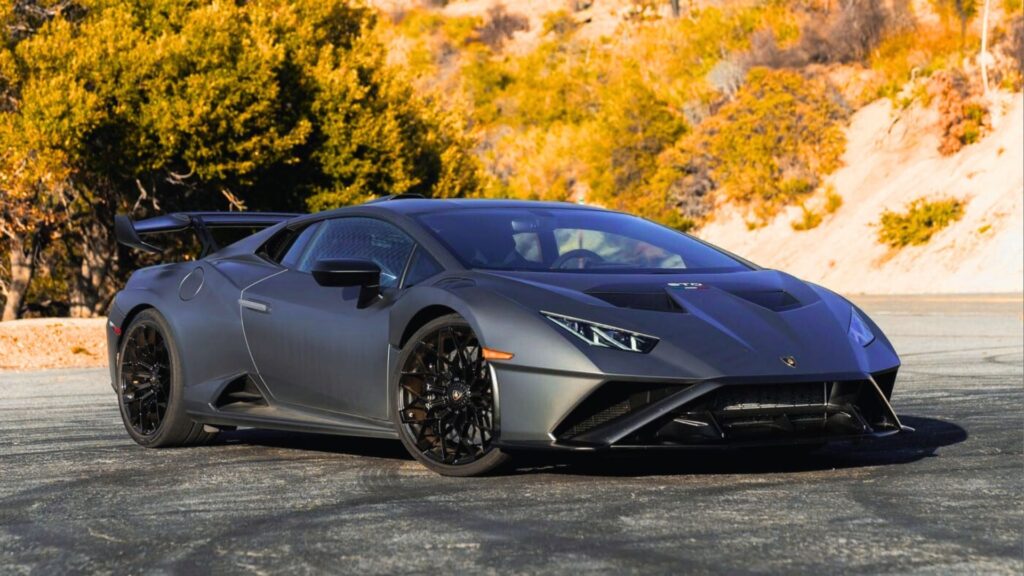
Where Racing Meets the Road
Lamborghini Squadra Corse created this car. They are the racing team at Lamborghini. These engineers know how to win races. They took parts from their race cars. Then they made them work on streets. The STO uses actual racing technology. This is not just marketing talk.
The car shares DNA with two race cars:
- The Huracan Super Trofeo EVO wins many races.
- The Huracan GT3 EVO dominates endurance racing.
- Both cars taught Lamborghini valuable lessons.
- The STO gets their best features.
- Racing tests every part hard.
- Only proven technology makes it to the STO.
Engineers tested everything on real tracks. They raced in tough conditions. Heat, rain, and long races proved each part works. Then they added these parts to the STO. This process took years of work.
The Heart: A Powerful V10 Engine
A 5.2-liter V10 engine powers this beast. The engine sits behind the driver. It makes beautiful sounds. No turbochargers muffle the noise. This is pure engine music. The power comes naturally.
Power Numbers That Impress
- Makes 640 horsepower at 8,000 RPM.
- Produces 565 Nm of torque.
- Ten cylinders work together.
- Revs up to 8,500 RPM.
- The sound will give you goosebumps.
- Each cylinder fires perfectly.
Speed and Acceleration
The STO moves incredibly fast. These numbers prove it:
- Hits 100 km/h in just 3 seconds.
- Reaches 200 km/h in 9 seconds.
- Top speed is 310 km/h.
- Stops from 100 km/h in 30 meters.
- Weighs only 2.04 kg per horsepower.
- Launch control helps you start perfectly.
The acceleration pushes you back hard. Your stomach feels the G-forces. The speed builds quickly. Wind noise grows louder. Then you hit the brakes. The car stops amazingly fast.
Transmission and Drive System
A seven-speed gearbox shifts the power. It uses dual-clutch technology. Shifts happen in 50 milliseconds. That is faster than you can blink. The transmission is very smart.
The STO only powers the rear wheels. Most Huracans send power to all four wheels. Why did Lamborghini change this?
Benefits of Rear-Wheel Drive
- Saves 43 kilograms of weight.
- Makes steering feel better.
- The car turns more easily.
- Race cars use this setup.
- Drivers feel more connected.
- Pure driving experience matters most.
The electronic rear differential is clever. It sends power to each rear wheel. This helps the car turn better. It also prevents wheel spin. Three driving modes change everything. STO mode works for streets. Trofeo mode is for tracks. Pioggia mode helps in rain.
Body Design: Air is Everything
The body shape is not just for looks. Every curve moves air somewhere useful. The design team worked with wind tunnels. They tested hundreds of shapes. The final design creates downforce.
Front Design Elements
The front end splits air carefully:
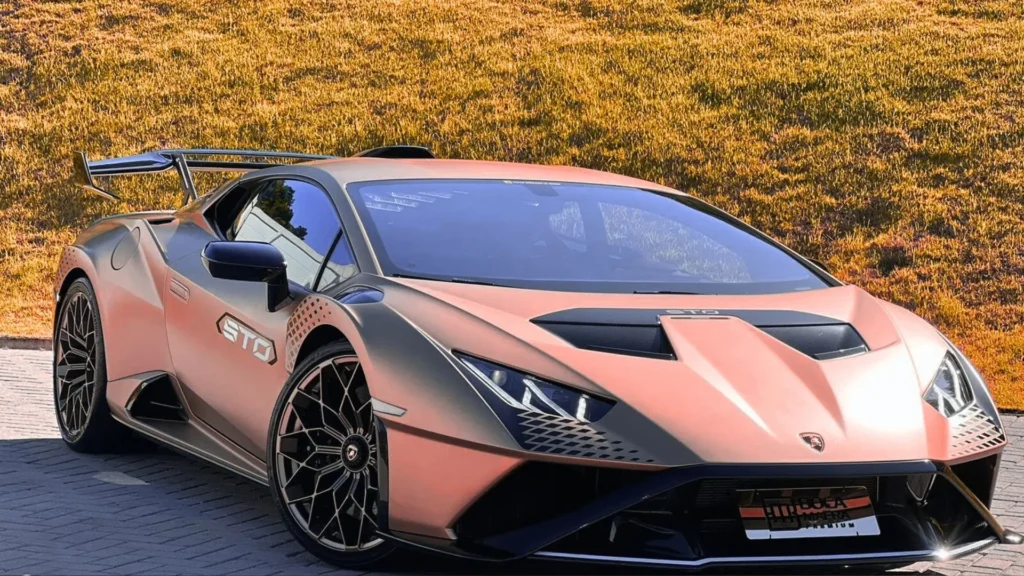
- One-piece hood and fenders save weight.
- Big splitter pushes the front down.
- Three air intakes feed different parts.
- Cooling air goes to brakes.
- Radiators get their own air supply.
- Fins guide air exactly where needed.
Rear Wing and Diffuser
The back of the STO looks aggressive. A huge wing sits on top. You can adjust it three ways. More angle means more downforce. Less angle means higher top speed. The driver picks the setting.
Other rear features include:
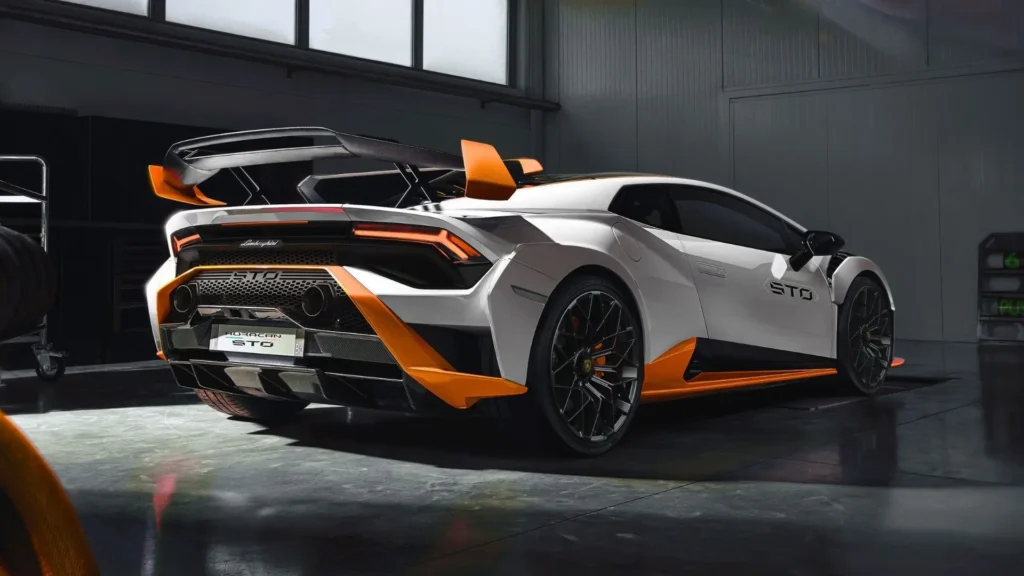
- Massive diffuser under the car.
- Engine intakes on the rear fenders.
- Shark fin keeps the car stable.
- All parts work together.
- Total downforce reaches 420 kg.
- That is 37% more than the Performante.
Air flows over, under, and through the car. Hot air exits quickly. Cool air reaches important parts. The design took years to perfect.
Size and Weight Details
The STO measures precisely:
- Length: 4,549 mm
- Width: 1,945 mm without mirrors
- Height: only 1,220 mm
- Wheelbase: 2,620 mm
- Very low to the ground.
- Wide stance for stability.
Fighting Weight
The car weighs 1,339 kg dry. That is incredibly light for a supercar. Lamborghini removed every extra gram. They used special materials everywhere.
Weight savings came from:
- Carbon fiber hood is 25% lighter.
- Magnesium wheels weigh less.
- Carbon fiber engine cover looks great.
- Thinner window glass throughout.
- Alcantara instead of heavy leather.
- Racing seats save many kilograms.
- Less sound insulation material.
Every part got examined. Engineers asked “can we make this lighter?” They succeeded in most cases. The result is a nimble car. Light weight helps everything. Acceleration improves. Braking gets better. Handling becomes sharper.
Suspension and Steering
The chassis uses aluminum and carbon fiber. This combination provides strength. It also keeps weight down. The structure is very stiff. Flex is the enemy of handling.
How It Rides
Double wishbone suspension lives at each corner. These are racing-style parts. Pushrod dampers connect to horizontal springs. This saves space. It also lowers the center of gravity.
Special dampers change constantly:
- Magnetic fluid inside changes thickness.
- Computer controls this in milliseconds.
- Soft for bumps.
- Hard for corners.
- Always finding the perfect setting.
- Responds faster than mechanical systems.
The rear wheels also steer slightly. At low speeds, they turn opposite the fronts. This makes parking easier. At high speeds, they turn with the fronts. This increases stability. The system works invisibly.
Handling Features
The STO turns incredibly well. It feels light and nimble. The steering talks to your hands. You feel the road through the wheel. Electronic systems help but do not intrude.
- Traction control has multiple levels.
- You can turn it completely off.
- Torque vectoring splits power smartly.
- Anti-roll bars reduce body lean.
- Camber settings maximize grip.
- Everything works together perfectly.
Brakes: Stopping Power Matters
Going fast needs good brakes. The STO has incredible stoppers. Carbon-ceramic discs live at each wheel. These are racing-quality parts.
Brake Specifications
Front brakes are massive:
- 390 mm carbon-ceramic rotors.
- Six-piston Brembo calipers.
- Huge clamping force.
- Incredible heat resistance.
Rear brakes are also large:
- 360 mm carbon-ceramic rotors.
- Four-piston calipers.
- Perfect balance with front.
- Fade-free performance.
Carbon-ceramic brakes cost more. But they offer big advantages. They weigh 50% less than steel. They handle heat better than anything. Temperatures can exceed 1,000 degrees. The brakes never fade. They can last the entire life of the car.
Air ducts cool the brakes constantly. Hot air exits quickly. Fresh air enters immediately. The system prevents overheating. Even on long track days, brakes work perfectly.
Inside the Cockpit
Open the door and climb in. The interior screams racing. Carbon fiber is everywhere. Alcantara covers most surfaces. Heavy leather is absent.
Racing Seats Hold You Tight
The seats are fixed buckets. Carbon fiber construction saves weight. Side bolsters hug your body. Four-point harnesses are optional. These keep you planted during hard corners.
The driving position is low. You sit almost on the floor. The view forward is good. Side visibility needs improvement. Thick pillars block some views. Mirrors show what is beside you.
Technology and Screens
A digital screen faces the driver:
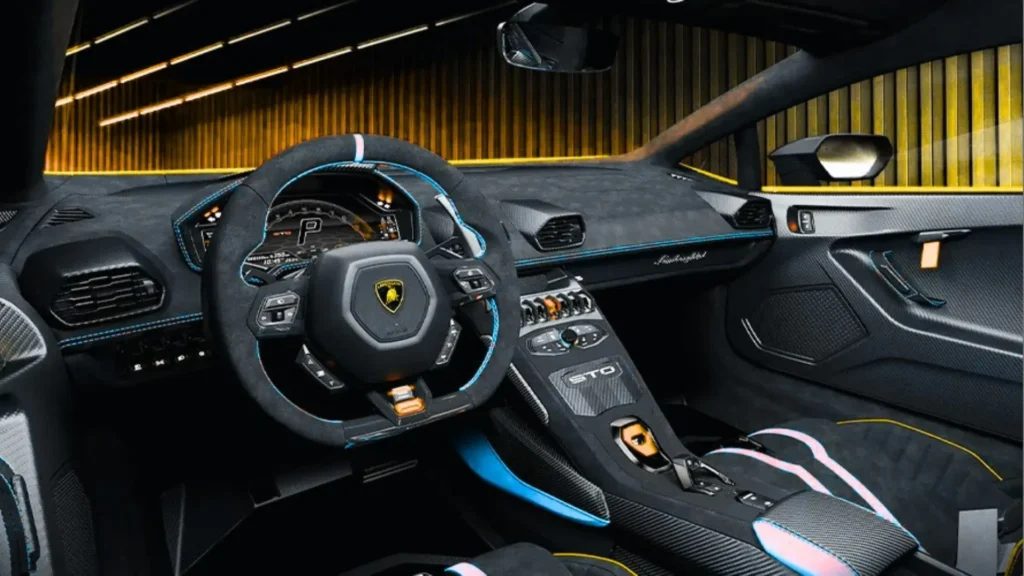
- Shows speed clearly.
- Tachometer is prominent.
- Gear indicator is large.
- Navigation can display here.
- Lap timer for track days.
- G-force meter shows loads.
An 8.4-inch touchscreen sits in the middle. It controls various functions. Apple CarPlay works here. Android Auto also connects. You can play music. Navigation shows on this screen. The telemetry system records your driving. It saves lap times. It shows your racing line. Professional drivers use this data.
Materials Throughout
Everything feels expensive:
- Carbon fiber has visible weave.
- Alcantara is grippy to touch.
- Aluminum looks machined.
- Switches feel solid.
- Build quality is excellent.
- Custom options are endless.
Storage space is limited. A small compartment sits up front. It holds 100 liters. That fits a weekend bag. This is not a practical car. But buyers do not care about that.
Three Driving Modes
Press a button to change modes. Each one transforms the car. The engine, transmission, suspension, and electronics all change.
STO Mode for Streets
This is the comfortable mode:
- Suspension is softest.
- Throttle response is gentle.
- Traction control helps more.
- Exhaust is quieter.
- Good for city driving.
- Still fast but more relaxed.
Trofeo Mode for Tracks
This is maximum attack mode:
- Suspension becomes very stiff.
- Throttle responds instantly.
- Electronics interfere less.
- Exhaust is loud and proud.
- Lap times drop significantly.
- Not comfortable on bumpy roads.
Pioggia Mode for Rain
Wet weather needs this mode:
- Maximum electronic help.
- Traction control is aggressive.
- ABS intervenes earlier.
- Rear-wheel steering optimized for slip.
- Power delivery is smoother.
- Safety comes first.
Each mode suits different situations. The driver picks what fits. The car transforms its personality.
What Makes It Special
Many supercars exist today. The Lamborghini Huracan STO stands out. Several things make it unique.
Different From Other Huracans
The regular Huracan EVO has all-wheel drive. It is more comfortable. It works better daily. The STO trades comfort for speed. Rear-wheel drive adds excitement. Less weight improves everything.
The Performante came before the STO. It balanced track and street well. The STO goes further. It focuses on track performance. Street comfort matters less.
Production numbers are limited. Not everyone can buy one. This increases value. Rarity matters to collectors.
Compared to Rivals
The McLaren 765LT is a main competitor. The Ferrari 488 Pista also competes. Porsche makes the 911 GT3 RS. How does the STO compare?
The V10 engine is special:
- No turbochargers muffle sound
- Power delivery is smooth
- The noise is intoxicating
- Rivals use turbos
- They make more power
- But sound suffers
Racing heritage is genuine. This is not marketing. Real race cars donated technology. The Super Trofeo series runs globally. The GT3 program wins races. This knowledge built the STO.
Downforce numbers lead the class. The 420 kg at speed is remarkable. Competitors make less downforce. The STO sticks to the road better.
Brand image matters too:
- Lamborghini creates drama
- The wedge shape is iconic
- Doors open upward
- People stop and stare
- No other brand matches this
- Emotional appeal is huge
The V10 Symphony
The engine sound deserves its own section. This is special. Modern cars are too quiet. Regulations demand silence. Turbochargers muffle noise. The STO ignores this trend.
At idle, the engine rumbles. Ten cylinders fire with mechanical precision. The sound is lumpy and aggressive. People know something special sits there.
Press the throttle and magic happens:
- The sound builds gradually.
- Each cylinder adds to the chorus.
- Mid-range produces a wail.
- High revs create a shriek.
- Redline is addictive.
- You want to hear it constantly.
Downshifts are dramatic. Lift off the throttle. Blip the pedal. Pops and crackles erupt. The titanium exhaust amplifies everything. No sound system can match this.
The noise is not just loudness. It provides information. You hear the engine speed. You feel the load. This helps you drive better. The sound connects you to the machine.
Conclusion
The Lamborghini Huracan STO delivers uncompromised performance. It trades comfort for speed. Practicality loses to lap times. This car serves one purpose. It makes driving exciting. The naturally aspirated V10 creates unforgettable sounds. Racing technology makes it incredibly fast. Limited production ensures exclusivity. Yes, it rides firmly , it drinks fuel. Yes, it costs a fortune. But none of this matters to the right buyer. The STO celebrates pure driving passion before electric cars change everything forever.
